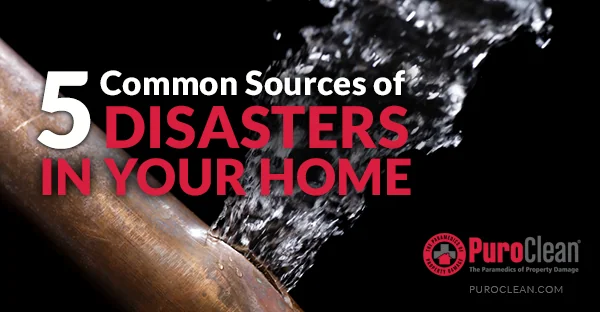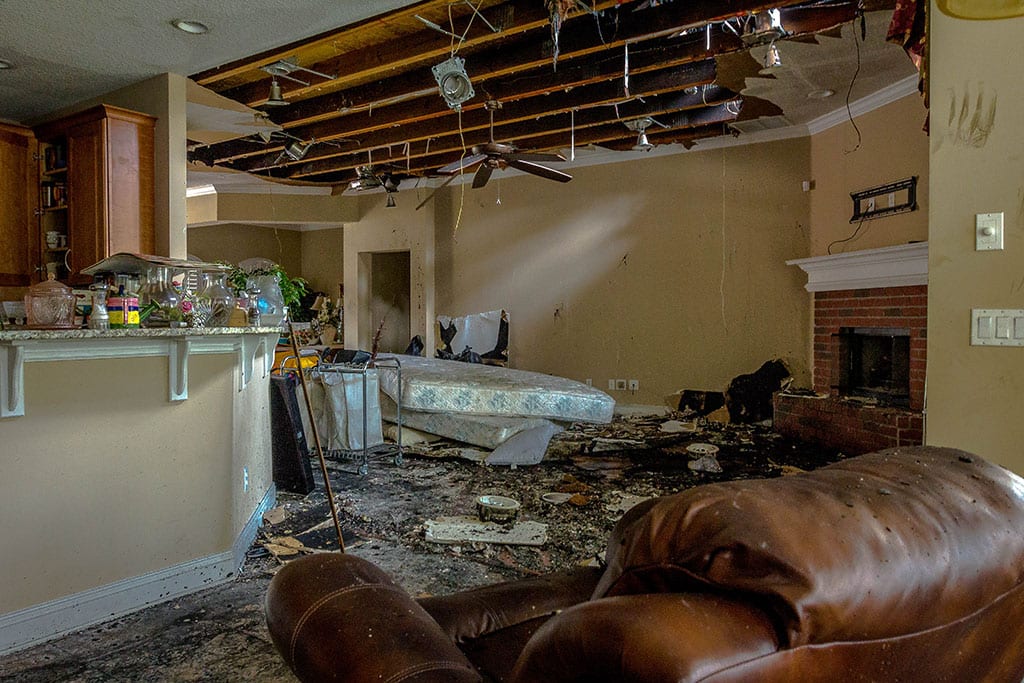Fire, a powerful force of nature, has the potential to transform lives and landscapes in an instant. As a homeowner, comprehending the different classifications of fires is not just a matter of knowledge; it’s a crucial step toward safeguarding your loved ones, property, and peace of mind. Fires can vary widely in their causes, behavior, and the methods required to extinguish them. With the guidance of PuroClean Restoration Specialists in Scottsdale, let’s embark on a journey to understand the classification of fires, equipping you with the tools to respond effectively in the face of this formidable adversary.
The Fire Triangle: A Foundation for Understanding
Before delving into the classifications of fires, it’s important to establish the basics. Fires require three key elements to ignite and sustain:
Heat: The source of ignition that raises the temperature of combustible materials to their ignition point.
Fuel: Combustible materials that provide the substance for the fire to consume.
Oxygen: The oxidizing agent that enables the chemical reaction between heat and fuel, resulting in the release of energy in the form of flames.
Understanding this “fire triangle” forms the foundation for comprehending the classifications of fires and how they are managed.
The Four Classes of Fires
Fires are categorized into four distinct classes based on the type of fuel involved. Each class presents unique challenges and requires specific approaches for effective extinguishment.
Class A: Combustible Solids
Class A fires involve common combustible materials such as wood, paper, cloth, plastics, and rubber. These fires typically leave behind ashes and embers. Using water or water-based extinguishers is effective in cooling the flames and reducing the fire’s temperature below its ignition point.
Safety Tip: Never use water on fires involving flammable liquids or electrical equipment, as it can exacerbate the situation.
Class B: Flammable Liquids and Gasses
Class B fires involve flammable liquids and gasses, such as gasoline, oil, propane, and natural gas. These fires often produce large flames and can spread quickly. To combat Class B fires, foam extinguishers or dry chemical extinguishers are commonly used to smother the flames and cut off the oxygen supply.
Safety Tip: Keep flammable liquids and gasses away from open flames and sources of ignition.
Class C: Electrical Fires
Class C fires involve electrical equipment and wiring. These fires can be particularly hazardous, as attempting to extinguish them with water or conductive materials can lead to electric shock. To safely extinguish Class C fires, it’s important to cut off the electrical source and use extinguishers designed for electrical fires, such as CO2 extinguishers.
Safety Tip: In the event of an electrical fire, disconnect the power source or use a non-conductive extinguishing agent.
Class D: Combustible Metals
Class D fires involve combustible metals, such as magnesium, titanium, potassium, and sodium. These metals can ignite at high temperatures and require specialized extinguishing agents, such as dry powder extinguishers specifically designed for Class D fires.
Safety Tip: Avoid using water or other standard extinguishing agents on combustible metal fires, as they can react violently and exacerbate the fire.
Additional Classifications: K and F Fires
In addition to the four primary classes of fires, there are two specialized classifications that address specific scenarios:
Class K: Kitchen Fires
Class K fires involve fires in commercial kitchens caused by cooking oils, greases, and fats. These fires can be particularly challenging due to the high temperatures and the potential for re-ignition. Specialized Class K extinguishing agents, often found in commercial kitchens, are used to suppress these fires effectively.
Safety Tip: Keep a close watch on cooking activities, and have a fire extinguisher suitable for Class K fires readily accessible.
Class F: Cooking Oil Fires
While not universally recognized, some regions classify cooking oil fires separately as Class F fires. Similar to Class K fires, these fires are caused by cooking oils and fats and require specific extinguishing agents.
Safety Tip: In the event of a cooking oil fire, avoid using water, which can cause the hot oil to splatter and spread the fire.
Choosing the Right Extinguisher and Seeking Professional Help
Understanding the classifications of fires is essential not only for prevention but also for selecting the appropriate fire extinguisher. Different types of extinguishers are designed to tackle specific fire classes, so having the right tools on hand can make a critical difference in containing a fire.
While having the knowledge to handle small fires is valuable, it’s crucial to remember that safety is the top priority. For larger fires or situations that pose a risk, always prioritize your well-being and the well-being of those around you. If you find yourself facing a fire that is beyond your control, don’t hesitate to call emergency services immediately.
PuroClean Restoration Specialists: Your Trusted Partner
In the event of a fire, whether large or small, having a trusted partner by your side can provide invaluable guidance and support. PuroClean Restoration Specialists in Scottsdale bring a wealth of experience and expertise in fire damage restoration. From assessing the extent of the damage to implementing effective restoration strategies, We are dedicated to helping you navigate the aftermath of a fire.
Empowering You to Act Safely
Understanding the classification of fires empowers you to respond effectively in the face of an emergency. By identifying the type of fire and selecting the appropriate extinguishing method, you can minimize damage, protect lives, and contribute to a safer environment. PuroClean Restoration Specialists in Scottsdale are here to assist you on your journey toward preparedness and safety. For expert guidance and fire damage restoration services, reach out to us at (480) 767-5588. Remember, knowledge is your first line of defense – and with us by your side, you’re equipped to face the challenges of fire damage with confidence.




 PuroClean Restoration Specialists
PuroClean Restoration Specialists